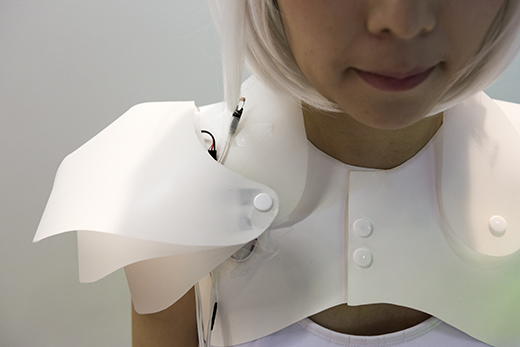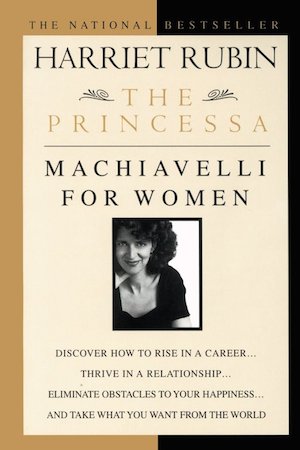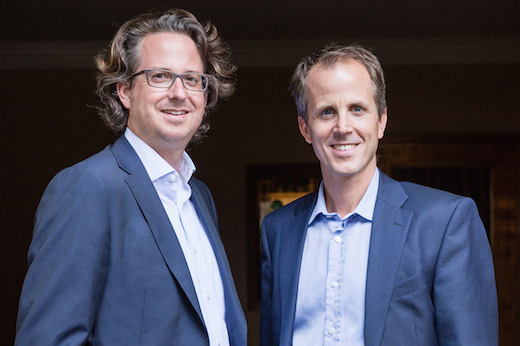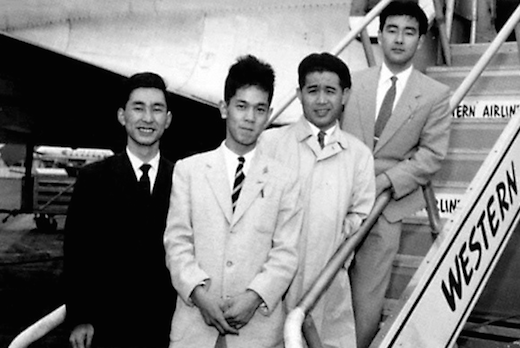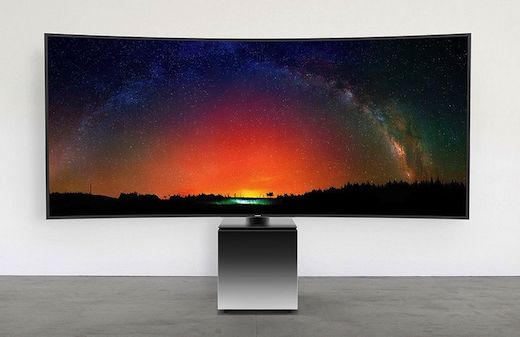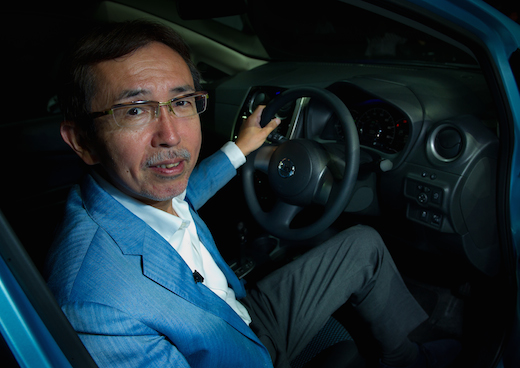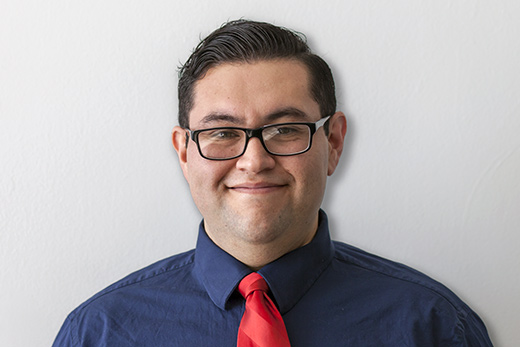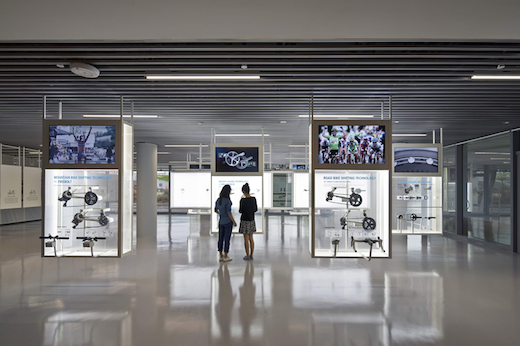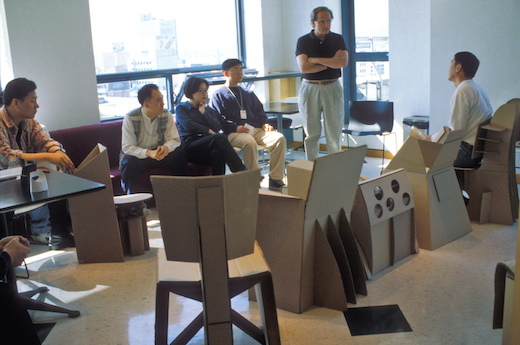We have less than a month to go before the Apple Watch either launches wearables into the stratosphere or delegates the product category to the 21st-century equivalent of a Tamagotchi.
Well, okay, it’s actually not that simple. In fact, numerous signs over the past five years point to long-term interest in the field: Fitbit’s popular activity tracker, first released in 2009, continues to sell well; Pebble, which shattered Kickstarter records in 2012 to fund the creation of the first ever smartwatch, is gaining praise for its latest crowd-funded iteration; and last June, LG and Samsung released smartwatches running Google’s Android Wear operating system, and companies like Sony, Asus and Huawei have since followed suit.
But for years now, Art Center students have been looking beyond activity trackers and smartwatches and instead exploring a myriad of future possibilities for wearables.
Last week at SXSW, Media Design Practices (MDP) alumnus Sangli Li (MFA 15) took home an Interactive Innovation Award in the Student Innovation category for Expressive Wearable, his stylish and high-tech headgear that expresses its wearer’s attitude. Li created this project, which Fast Company described as “a Steampunk take on Kentucky Derby fashion” for the MDP course Wearable Ecologies co-taught by Professor Phil van Allen.

